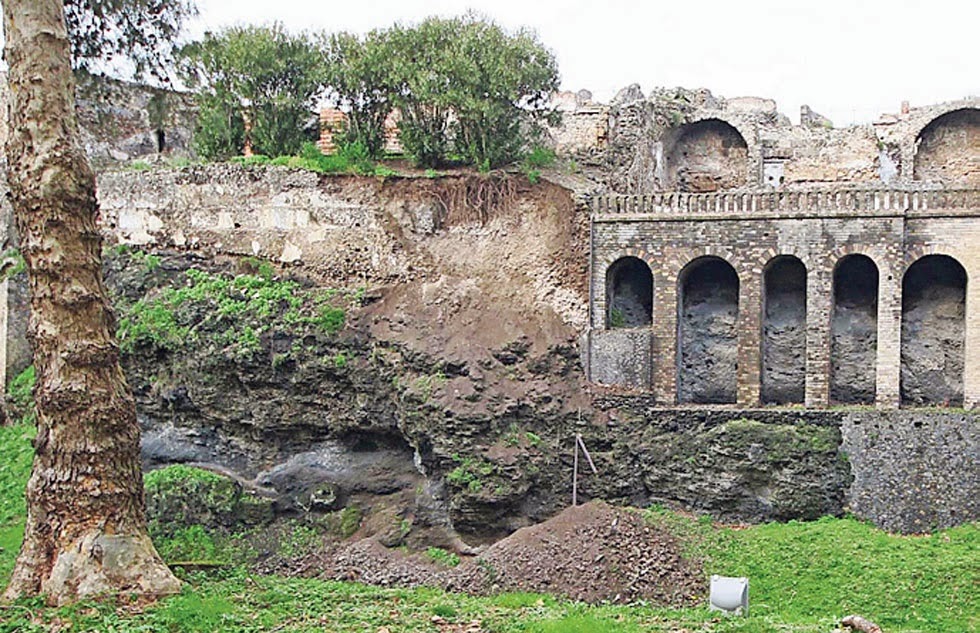Merry Wanderer of the Night [Search results for rain]
Rain barrels — for economical owners!

Rain chains instead of drains

Memory Monday — The Little House books
Italy: Pompeii wall collapses amid heavy rain
Sunday Salon: Short Books Update

Interview with Carolyn Turgeon + giveaway! — CLOSED
Author Interview: Alexandra Bracken

Review: Fault Line, by Barry Eisler

The Concrete Romanticism in Lisbon

The Nine Lessons: A Novel of Love, Fatherhood, and Second Chances by Kevin Alan Milne

Tributes pour in for Seve Ballesteros after golfing legend dies from brain tumour at age of 54

Mailboxes for apartments and cottages
Leif Reads: But what about all this snow?

Iraq: Islamic State smash ancient Iraq statues in Mosul

Thaw

Review: The Five Lost Days by William Petrick

Just Contemporary Guest Post — Shannon!!
Just Contemporary Review — Harmonic Feedback by Tara Kelly
Huge Pipes, As an Architectural Element
Bookshopping in Iowa City



